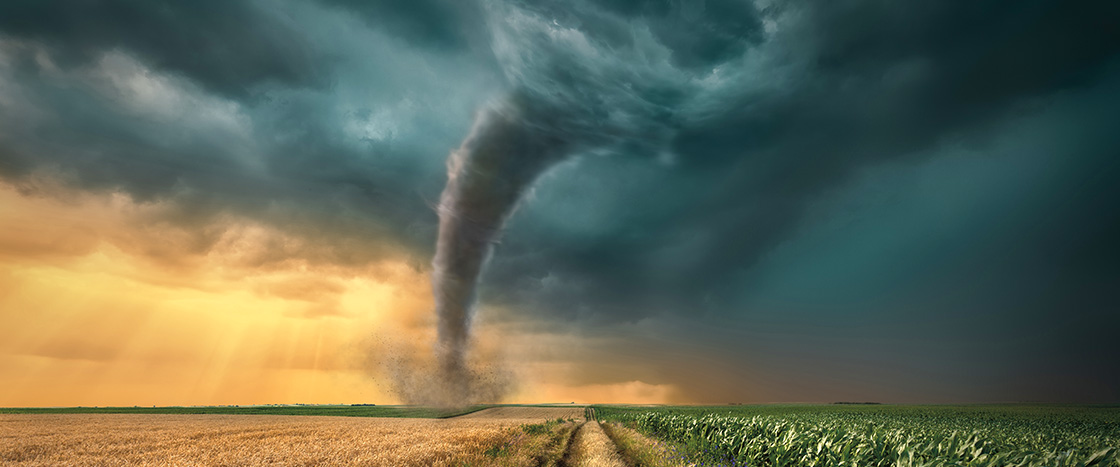Eleven-year-old Adrian Dillon had heard stories about terrifying monsters near his hometown of Parrish, Illinois. One was the Ozark Howler, a bearlike creature with razor-sharp teeth.
But Adrian was about to come face-to-face with a real monster—one far scarier than any from a story. He was about to face the Tri-State Tornado, one of the worst twisters ever to strike the United States.
The Tri-State Tornado roared out of the sky on March 18, 1925. In roughly three hours, it ripped through Missouri, Illinois, and Indiana. It killed nearly 700 people.
Entire towns were sucked into the sky.
Parrish was one of those towns.
Eleven-year-old Adrian Dillon had heard stories about frightening monsters near his hometown of Parrish, Illinois. One was the Ozark Howler, a creature like a bear with razor-sharp teeth.
But Adrian was about to meet a real monster—one far scarier than any from a story. He was about to face the Tri-State Tornado. That’s one of the worst twisters ever to strike the United States.
The Tri-State Tornado roared out of the sky on March 18, 1925. In roughly three hours, it ripped through Missouri, Illinois, and Indiana. It killed nearly 700 people.
Entire towns were sucked into the sky.
Parrish was one of those towns.

